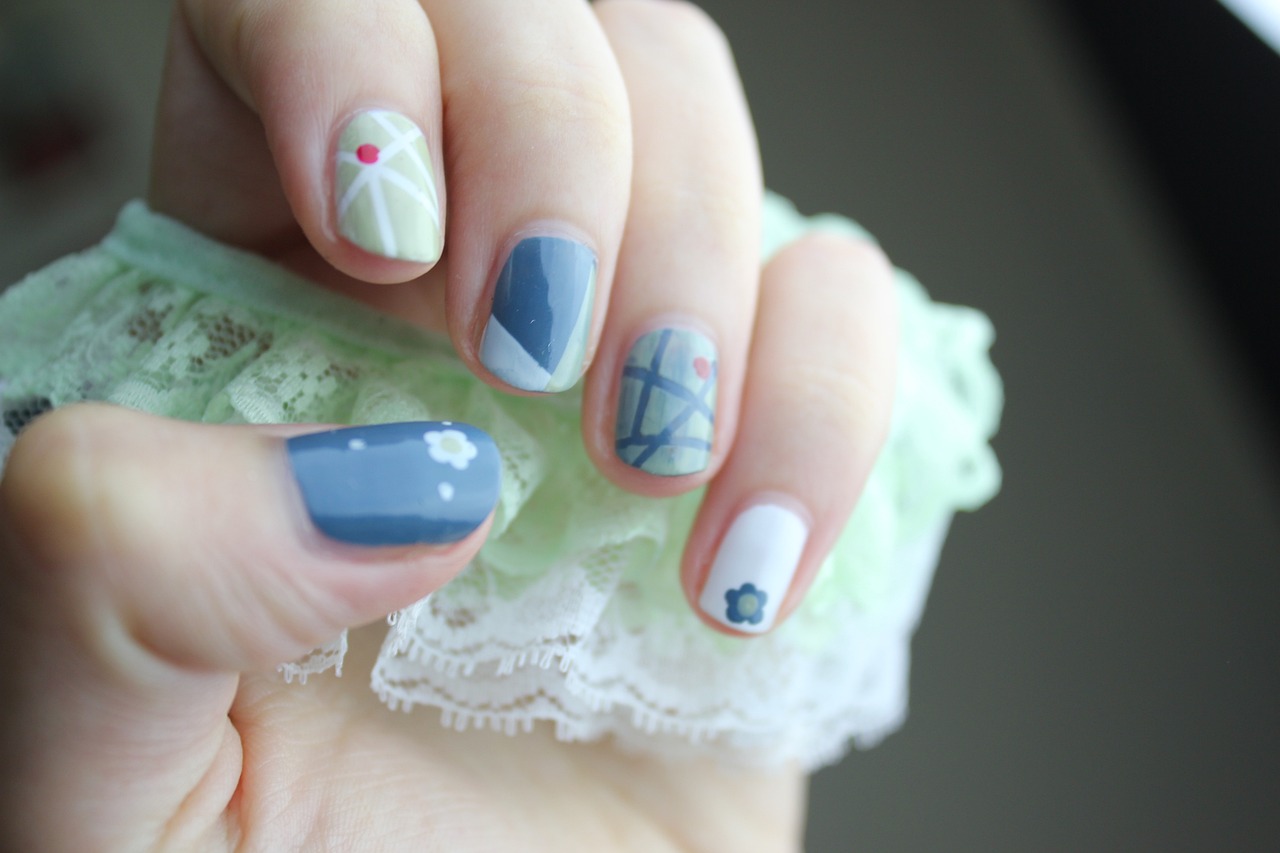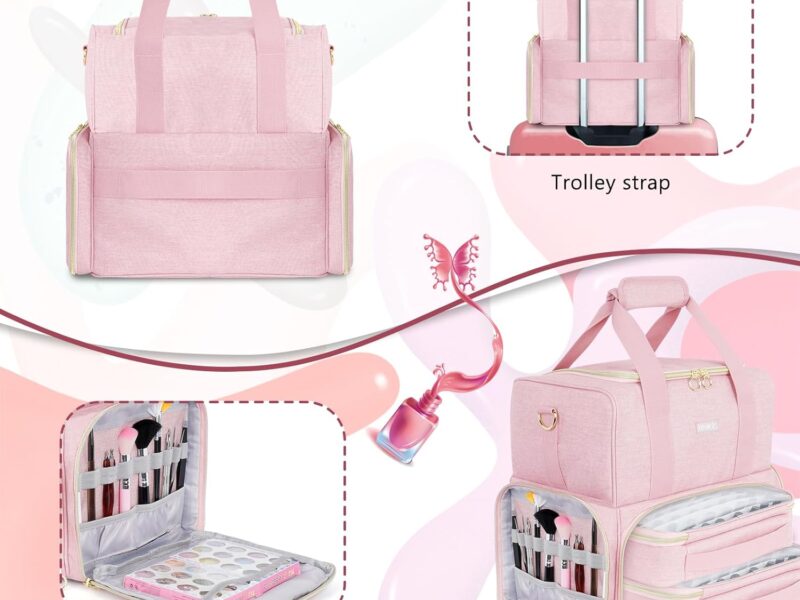French manicures have been around for more than a century now, and they have become quite popular in the modern world. These manicures have become extremely trendy in the recent past, and there is a good reason for that. They give an elegant look to your hands, which is especially important if you wish to look professional at all times. You might not know this, but poor nail care can seriously lower your appearance. Have you ever wondered why? It’s because unkempt nails can make your hands look visibly older than they actually are. If you want your hands to look young and beautiful at all times, it’s necessary for you to learn how to properly care for them. This article will discuss everything you need to know about the classic French manicure, its history and how it has evolved over time into the perfect version we see today. Read on to learn more!
What is the French Manicure?
French manicures are known for their meticulous care of the nails and hands, which is why they are called “manicure de Frederic” in France. This term refers to the Frederic Nappez, a well-known French manicurist, who developed this type of nail care. French manicures are not only about clean, trim nails but also about clean, trimmed fingers and the surrounding area around the nails. Both hands are groomed and painted in a similar way. And this is what makes them so special and elegant. French manicures are usually completed with a natural looking manicure, which means the color of your nails is the same as the color of your natural nails, but more opaque. The only difference between natural nails and a French manicure is that the former are neatly trimmed. So, a French manicure is like having your own manicure done at home, but with a little more attention paid to your nails. French manicure designs are usually black and white (or nude), but they can also be in other colors like red, blue or purple. French manicures are usually decorated with rhinestones, studs or crystals. But, there are other manicure designs that are not considered to be French manicures. A French manicure design is usually long enough to cover the entire nail length, but it can also be short enough to cover only part of the nails.
History of the French Manicure
French manicures have been around for a long time now, and they are known for their clean look and perfect manicure technique. A French manicure is not just about clean nails and trimmed fingers, but also about clean, trimmed nails and the surrounding area around the nails. This means that the nails are cleaned, polished and moisturized. French manicures have been around since the early 1900s, when they became popular in France. Currently, they are one of the most common manicure designs in the world and are becoming increasingly popular in other parts of the world as well. Initially, French manicures were usually painted on dark nails, but they have evolved over time, and now they can be done on light nails as well. They are usually black and white (or nude), but they can also be decorated in other colors like red, blue or purple, like what is shown above. There are also other types of manicure designs that are not considered to be French manicures, and a French manicure design is usually long enough to cover the entire nail length, but it can also be short enough to cover only part of the nails.
Classic French Manicure Tutorial
What You’ll Need: – Buffer – This will be your main tool while doing your manicure. You can also use a drill but a buffer will be easier to use and will be less messy. – Cuticle Remover – This will be used to remove any cuticles, which need to be removed before a manicure can be done correctly. – Nail Polish – The color of your choice for your French manicure. – Coneshaped Nail Buffer – This will help you buff the nails after painting them with nail polish so that the French manicure can be applied correctly. What to Do: Prep your nails. Remove any cuticles and soften the edges of your nails with a cuticle remover. You can also use a nail file to remove the cuticles. Buff your nails so that the nail polish can stick to them better. Apply one coat of your chosen nail polish color. Buff the nails once again to apply more nail polish and to remove any excess nail polish that might have been applied. Buff the nails again to remove any excess nail polish and to set the nail polish. Place the coneshaped nubber on the buffer and buff the nails gently. Let it sit for a few seconds on each nail and then buff it again. Repeat the whole process until you have buffed all your nails. Clean your buffer and your nails and then you are ready to move on to the next step.
Variations of the Classic French Manicure
While a French manicure is usually done with black and white (or nude) nail polish, there are many other variations of the classic French manicure. One of these variations is called “hot pink French manicure,” which is a pink French manicure with a hot pink accent on the ring finger. Another variation is “metallic French manicure,” which is a French manicure with a metallic accent on the ring finger. There are many more variations of the classic French manicure that you can try as well. These variations make the French manicure look very elegant and modern, and they are very popular among women these days.
Benefits of a French Manicure
– French manicures look very elegant – The clean look of a French manicure makes your hands look much younger than they actually are. – French manicures are very easy to maintain – French manicures are usually done with a natural color, so they are very easy to maintain. You can also get rid of any stains with a little bit of nail polish remover. – French manicures are easy to repair – If your French manicure gets damaged, it is very easy to repair it. You can usually just replace the color with a darker one or add more nail polish. – French manicures last long – French manicures are usually applied with a hard primer so that they last long. – French manicures are affordable – French manicures are usually applied with a hard base coat, which is very inexpensive.
Final Words
French manicures have come a long way since their inception in the early 1900s and are now one of the most popular manicure designs in the world. With their clean, trimmed look and elegant design, it’s no wonder that they are becoming increasingly popular among women. Whether you want to add some glam to your manicure or are looking for a perfect manicure for a special occasion, a French manicure will definitely do the trick.


